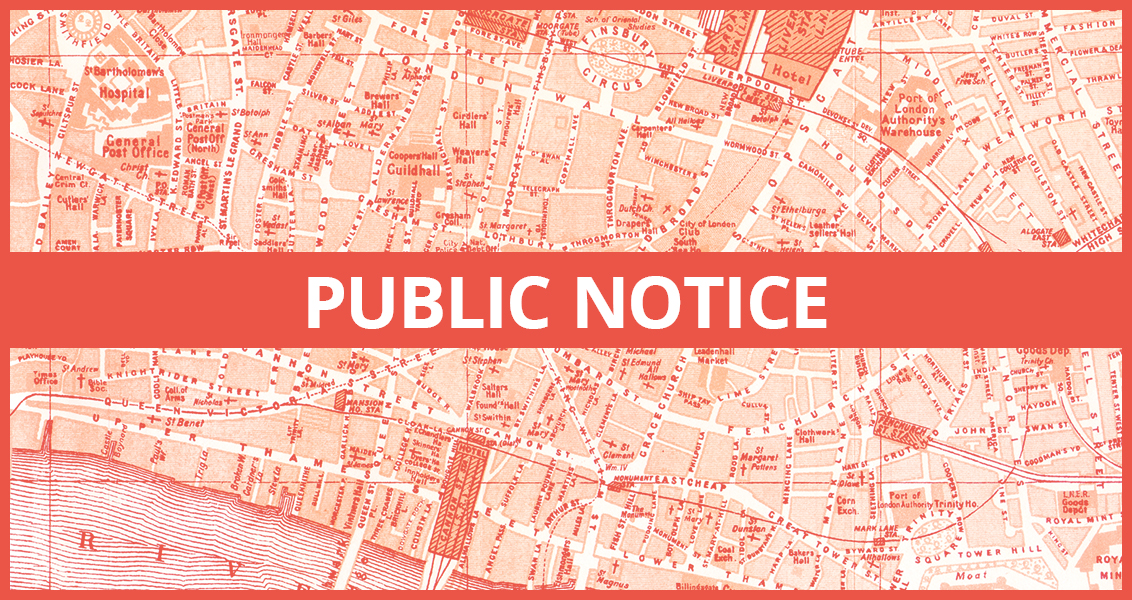ChatGPT is a breakthrough in innovation that has the whole world talking. But what is ChatGPT, how does it work, and what can you do with it?
Well, to get a feel for what ChatGPT is all about, we went to the source.
The below article has been generated by ChatGPT, based on specific inputs from City Matters Editors, to provide an example of just how clever this ever-evolving piece of software is.
Here is what ChatGPT had to say for itself…
ChatGPT, developed by OpenAI, is a powerful language model that is changing the way we interact with computers. This innovative technology is capable of understanding and responding to natural language input in a way that is eerily similar to how humans communicate.
ChatGPT is based on a deep neural network that has been trained on a massive dataset of human-generated text. This allows the model to understand and respond to a wide range of topics and styles of language. The model is also able to generate new text that is coherent, fluent and often indistinguishable from text written by a human.
NOW READ: 60% of patients waiting 4 hours+ to be seen at London’s ‘extremely busy’ hospitals
One of the most exciting applications of ChatGPT is in the field of natural language processing (NLP). This technology can be used to automate tasks such as language translation, text summarization, and text-to-speech conversion. It also has the potential to revolutionize the way we interact with computers, making it possible for us to communicate with machines in a more natural and intuitive way.
For example, chatbots powered by ChatGPT can be used for customer service, providing accurate and efficient assistance to customers. Its ability to understand human’s natural language and respond in an appropriate manner makes it even more human-like. This can help businesses to improve their customer satisfaction and reduce the cost of customer service.
In addition to its NLP applications, ChatGPT has also been used to generate creative content such as poetry, stories and even music. The model is able to generate text that is not only grammatically correct, but also has a sense of style and structure that is similar to human-generated text. This has opened up a whole new world of possibilities for creators, who can now use this technology to help them generate new ideas and inspiration.
Another area where ChatGPT is making an impact is in the field of content creation. The model can be used to write articles, news, summaries and even scripts, which can save a lot of time and effort for journalists, authors, and scriptwriters. This can also lead to more efficient and accurate reporting of news and events, as the model can quickly process a large amount of information and summarize it in a coherent manner.
Moreover, ChatGPT’s ability to understand and respond to natural language input can also be used to improve the quality of virtual assistants, such as Amazon’s Alexa or Google’s Assistant. ChatGPT can make these assistants more human-like and able to understand more complex commands and questions, making them more efficient and user-friendly.
While ChatGPT is still in the early stages of development, it’s clear that the possibilities of this technology are endless and we can expect to see it being used in many more exciting applications in the future.
However, it’s also important to note that with this advanced technology, there are also concerns about the potential for misuse. It is crucial to have proper regulations in place to ensure that the technology is used ethically and responsibly.
Overall, ChatGPT is a remarkable technology that has the potential to change the way we interact with computers and the way we create content. It’s important to keep an eye on the advancements in this technology and consider how it can be used to improve our daily lives and make our interactions with machines more natural and efficient.
For the latest headlines from the City of London and beyond, follow City Matters on Twitter, Instagram and LinkedIn.







